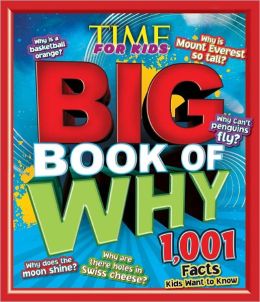I recently read an article by famous political son, Michael Reagan, which involved what groups would be credited in a new social studied curriculum. The article, discussed how new California curriculum would now list contributions by people based on their sexual orientation, specifically, California is now the first in the nation required to “include the contributions of gays and lesbians in their social studies curriculum”.
Reagan aptly notes that this legislation not only promotes the gay/lesbian activities and lifestyles, but it opens up students to wondering why these people are qualified in the text as being lesbian, gay or transgendered, and why this aspect of their person makes them more special than other peoples. Sure, everyone loves to get credit, but is it really necessary to qualify the contributor with some sort of label? Although somewhat facetiously, Reagan wonders, “When I was a youngster I was teased and bullied for being an adopted child. In view of my personal experiences, should we add the contributions of adoptees to the legislation? How about adding the contributions of skinny kids, or kids with red hair, or extra-long legs or eyeglasses”?
I'm certainly not saying that all qualifications descriptions are bad, certainly not. In fact some "qualifications" (as Reagan puts it) enhance the story because the qualification or description is pertinent to the story. For example, it wouldn't make sense to omit that Rosa Parks was a black woman, the story of a woman sitting on a bus wouldn't be sensational or ground breaking. If we didn't know Ray Charles was blind he'd just be another (albeit, great) piano player. Beethoven's deafness was also astounding because it directly related to his musical contribution, and made the beautiful pieces of music even more unbelievable. I think what Reagan— and I— are stressing is that it should be the contribution and the contributor, not chosen circumstances that are the stress in the textbook.
The wise teacher should remember to teach the concepts of the text, but focus on the person himself, not what the person does; meaning that the teacher would discuss the any contributr to society but not necessarily focus on their sexuality. Similarly, a teacher may discuss the importance of the presidency, while still not agreeing with a President's moral and political actions.
Ultimately, this issue of what should and shouldn't be included in textbooks, and who should be involved with textbook selection is relevant to educational leaders.Curriculum selection also relates to the way teachers omit or stress points in the textbook or mandated curriculum.
For more articles on curriculum selection visit:
http://dianelockridge.hubpages.com/hub/Who-Should-Influence-Curriculum-Development
http://dianelockridge.hubpages.com/hub/How-Christians-Should-Choose-School-Curriculum


